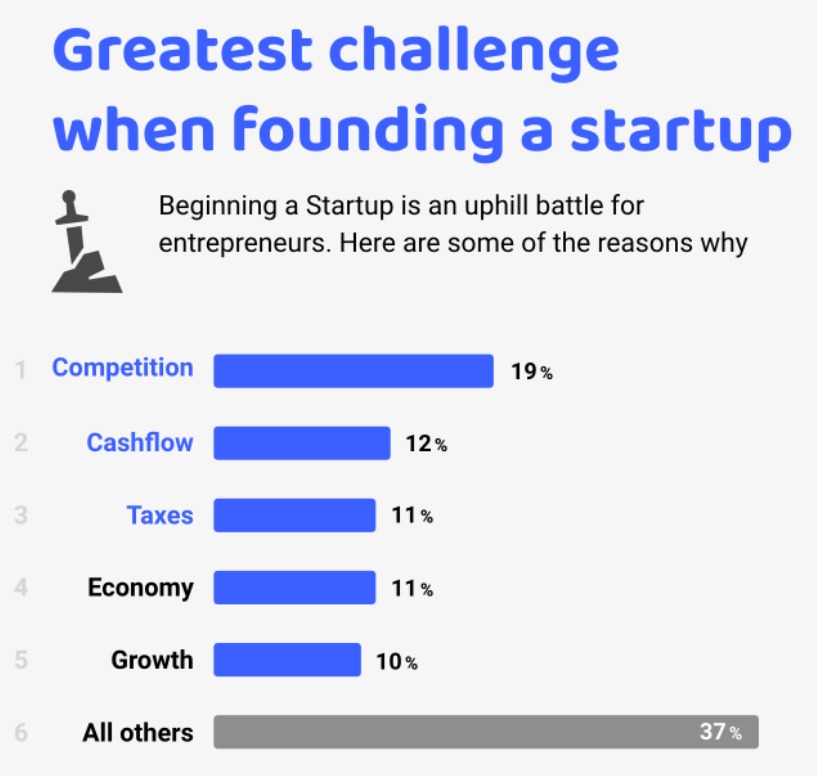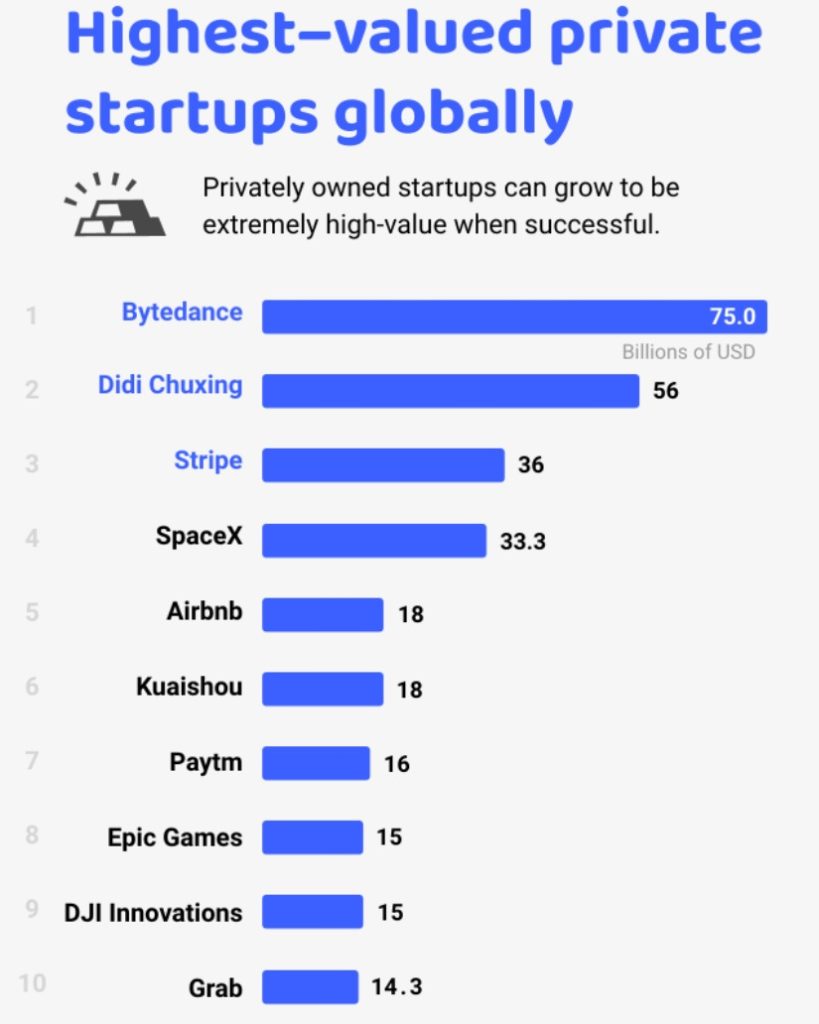Entrepreneurs are aware that building triumphant products does not hinge on a revolutionary startup idea or just luck.
But, it’s more about data-driven decisions after careful market analysis.
No one drives blindfolded believing they would never crash. In any business too, working without being aware of pertinent numbers is like driving blindfolded.

So now let’s figure out what startup metrics could be useful for a startup or business.
Consider this assumption: While building a social network, most business models are ad-based. In here, considering longer average sessions profitable is a common fallacy.
Now, what if we are building a search engine? If the average session duration grows, does that mean we are in the positive? Actually that means the user spends more time waiting for information.
Before getting into metrics, let’s consider two main factors that define which of the metrics are more important for your business:
Business Model
One imperative goal of any business is profit maximization. A business model defines sources of revenue and detailed financial metrics that depend on it.
Current Level
In the beginning, uncertainty is legitimate. Over time, the startup corroborates business hypotheses, opting for more precise metrics to validate success.

Follow Metrics Or Face Uncertainties
Let’s assume that your startup sells natural products. To create a stable monthly revenue, you have extended a monthly subscription service which is a success.
In turn to manage sales you need to hire more staff to pack and ship orders. Then, after a while you notice that your business is struggling, Why? It is because your costs are a lot higher than you could have imagined. That is starting with shipping to logistics to labor. Downsizing, may not help recovery.
Now just imagine, if you were on top of your metrics. You could have discovered when the problem appeared and you would not have been led to such a situation.
If you do not track your metrics –
- You would be selling numerous products and still losing money
- Minimum visibility would lead to missing opportunities
- Business will lag as there will be delay in productivity
- Usually problems do not rise when there is an inking about it.
- And when you aren’t aware, by the time you realize, your business would have suffered undeniable damage.

Few Startup Metrics That Helps Discern
-
Customer Acquisition Cost (CAC)
CAC is the expenses incurred to gain a new customer. This metric highlights if you’re truly earning profit along with how much you can spend on marketing. Another major cost is the amount you spend on time and the effort you invest to get your product to the market.
On the contrary, one needs to be cautious that you do not devote too many resources to acquiring new users at the cost of your profit potential.
-
Average Revenue Per User (ARPU)
ARPU projects the average amount of revenue you make for each customer. It shows how much your customers spend. ARPU is an able manner of checking whether your marketing efforts are reaching the right people.
Active users are defined depending on the industry and business model. It can be someone who has logged in at least ones during the previous month, but has not made a purchase or has just come to read a blog or opened an email.
ARPU is a good metric to show whether or not customers are spending money on your business.
-
Customer Lifetime Value (CLTV)
CLTV tells one how much an average customer is worth, from the first day until they make their very last purchase. For a startup, this metric is not a concrete value but an educated estimate. The longer you track your startup metrics, the estimate becomes more accurate.

Once you have an idea regarding your CLTV, marketing expenditure becomes clear.
-
Overhead Costs
Overhead costs are expenses one has to bear to keep the business running like rent and licenses which are fixed. And this does not contribute to profits. Variable cost being tax, depends on your business volume.
Expenditure on materials and production are called direct expenses. As a startup, your entire financial picture should be visible, before you plunge into spending. Most importantly, monitor and trim overheads so that growth is smooth.
-
Monthly Active Users (MAU)
MAU are the ones engaged with your business each month and took some kind of action during this period. With the help of MAU, you can figure out seasonality and health of your business. It projects your customer likeliness to remain engaged along with sales team success.
Certain startups track daily active users (DAU) depending on customer lifecycle.
-
Activation Rate
Activation rate is the metric that tells you how many new users are activated and have taken some kind of desired action. Customer value is undoubtedly linked to the action they take. AR is calculated on time periods which gives an insight into your sales funnel and customer behavior.
Low activation rate warns you that you’re marketing to the wrong people.
-
Monthly Recurring Revenue (MRR)
MRR is the anticipated total revenue generated from all the active subscriptions for a given month. Tracking both your monthly recurring and non-recurring revenue is essential. Ideally, if you’re adding new customers but your MRR remains unchanged, there is a retention issue.
MRR is made up of repetitive charges from discounts, coupons, and frequent add-ons, but excludes one-time fees.
MRR helps you assess the financial health of a business. And it further projects the future earnings centered on the active subscriptions. Calculating MRR is straightforward, multiply the number of monthly subscribers by the average revenue per user (ARPU).

MRR = Number of subscribers in a monthly plan * ARPU
-
Customer Churn, Revenue Churn & Retention rate
Churn rate is the percentage of customers leaving your business during a certain period compared with the new business you earn during that same period.
Retention rate is closely related to the percentage of customers you’re able to keep. This is exactly the opposite of churn. High churn is warning you that it’s time to investigate the quality of your products along with service.
Revenue churn is similar to customer churn, but it’s directly linked to your MRR. It tells you if your recurring revenue is dwindling even though you’re earning new customers.
-
Runway
Runway is the time you have before you run out of money. This startup metrics is an alert for the funded startups that they need to keep track of their runway as they need to know exactly how long they have to reach profitability.
-
Revenue growth rate
Revenue growth rate is the metric that tells one how fast the business is gaining new income and tracking it over time is sensible. Trends in revenue helps figure out seasonality. It is advisable to first notice the impact of external events and then judge the success of your strategy.
The Necessity Of Startup Metrics
Startup Metrics are there to answer your questions and more importantly warn you about prospective problems, before they become too expensive to fix. It definitely will seem tedious calculating all this, but it will help you spot a problem in real time rather than waiting for it to impact your income.
After an Engineering degree and a Diploma in Management I devoted 16+ years working in the automotive industry. My innate skill and extreme passion in writing, encouraged me to adopt it up as a profession. I have been writing for more than 10+ years in the software industry. The 400+ blogs I published are informative, exhaustive and interesting to a professional and causal reader.









